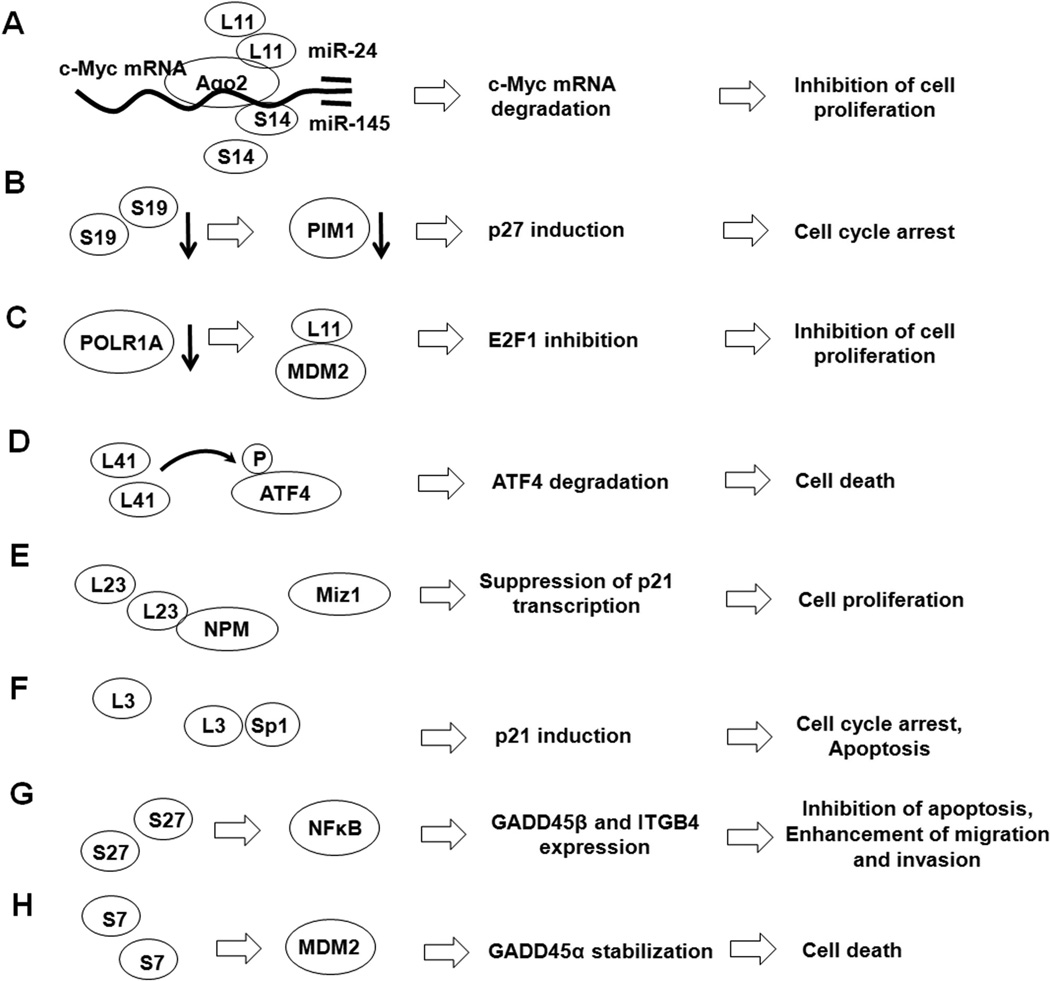Figure 4. The p53-independent functions of RPs.
The roles of RPs in regulating cellular functions also involve p53-independent mechanisms. (A) L11 and S14 bind to c-Myc mRNA and recruit Ago-2 and miRNAs, resulting in the degradation of c-Myc mRNA. (B) S19 deficiency causes PIM1 degradation and p27 accumulation, resulting in the inhibition of cell cycle progression. (C) Knockdown of POLR1A activates the L11-MDM2 interaction and inhibits the MDM2-mediated stabilization of E2F1. (D) L41 mediates the phosphorylation and translocation of ATF4 and induces the proteosomal degradation of ATF4. (E) L23 binds to NPM, the essential co-activator of Miz1 involved in regulating p21 transcription, leading to increased cell proliferation. (F) L3 mediates p21 upregulation through its interaction with Sp1. (G) S27 regulates GADD45β and ITGB4 through NFκB signaling to inhibit apoptosis and promote cell migration and invasion. (H) The S7-MDM2 interaction stabilizes GADD45α and induces cell death.

